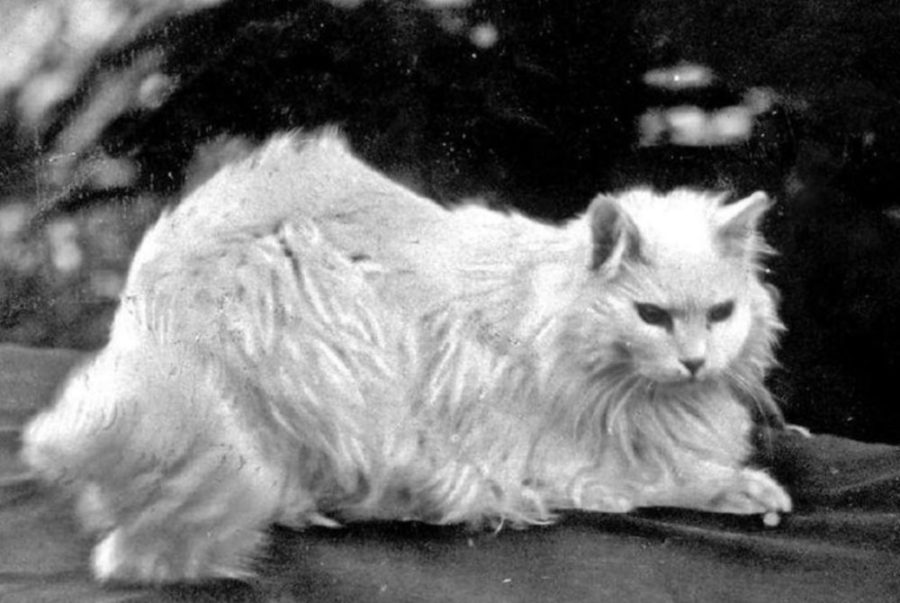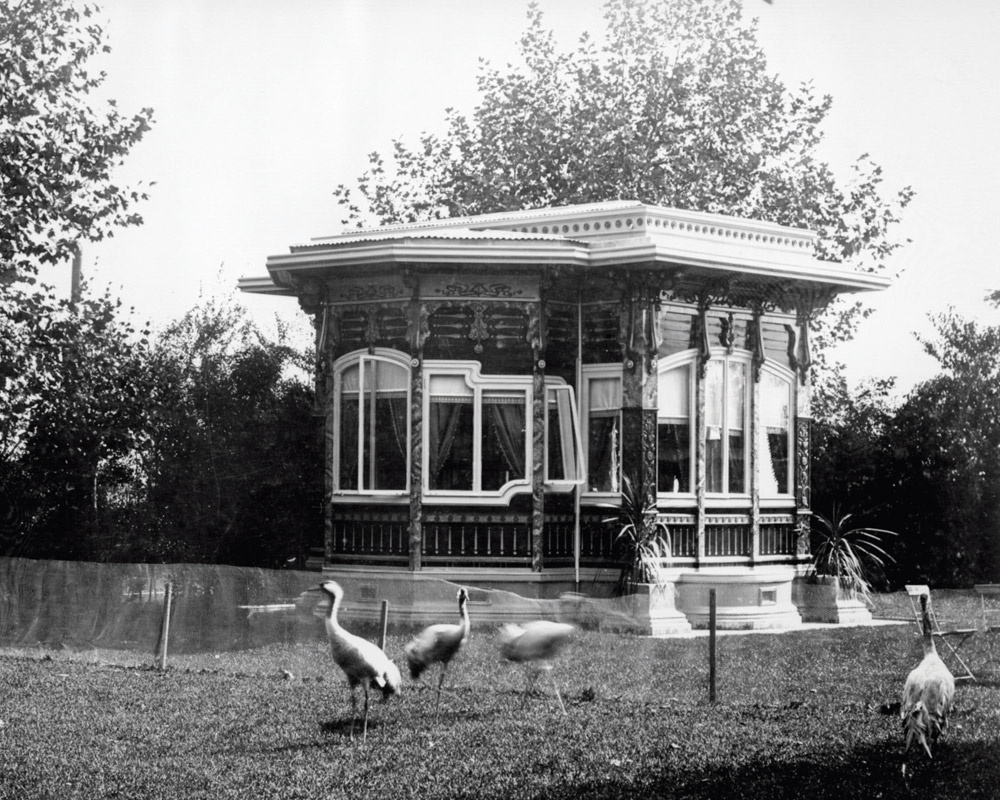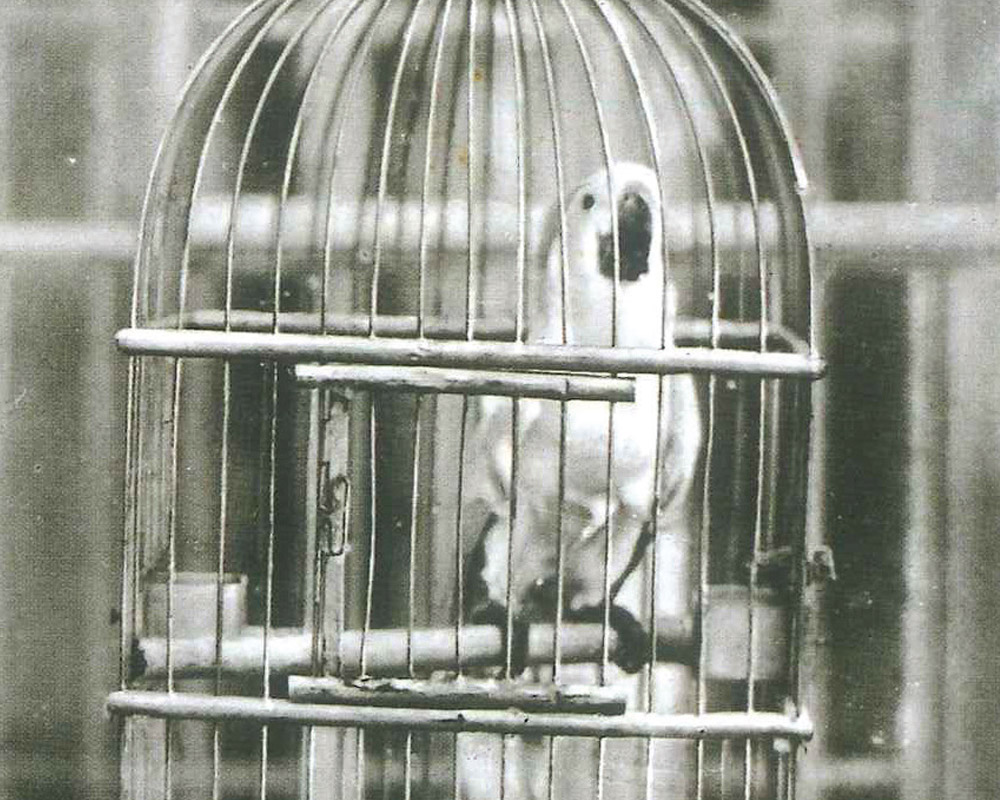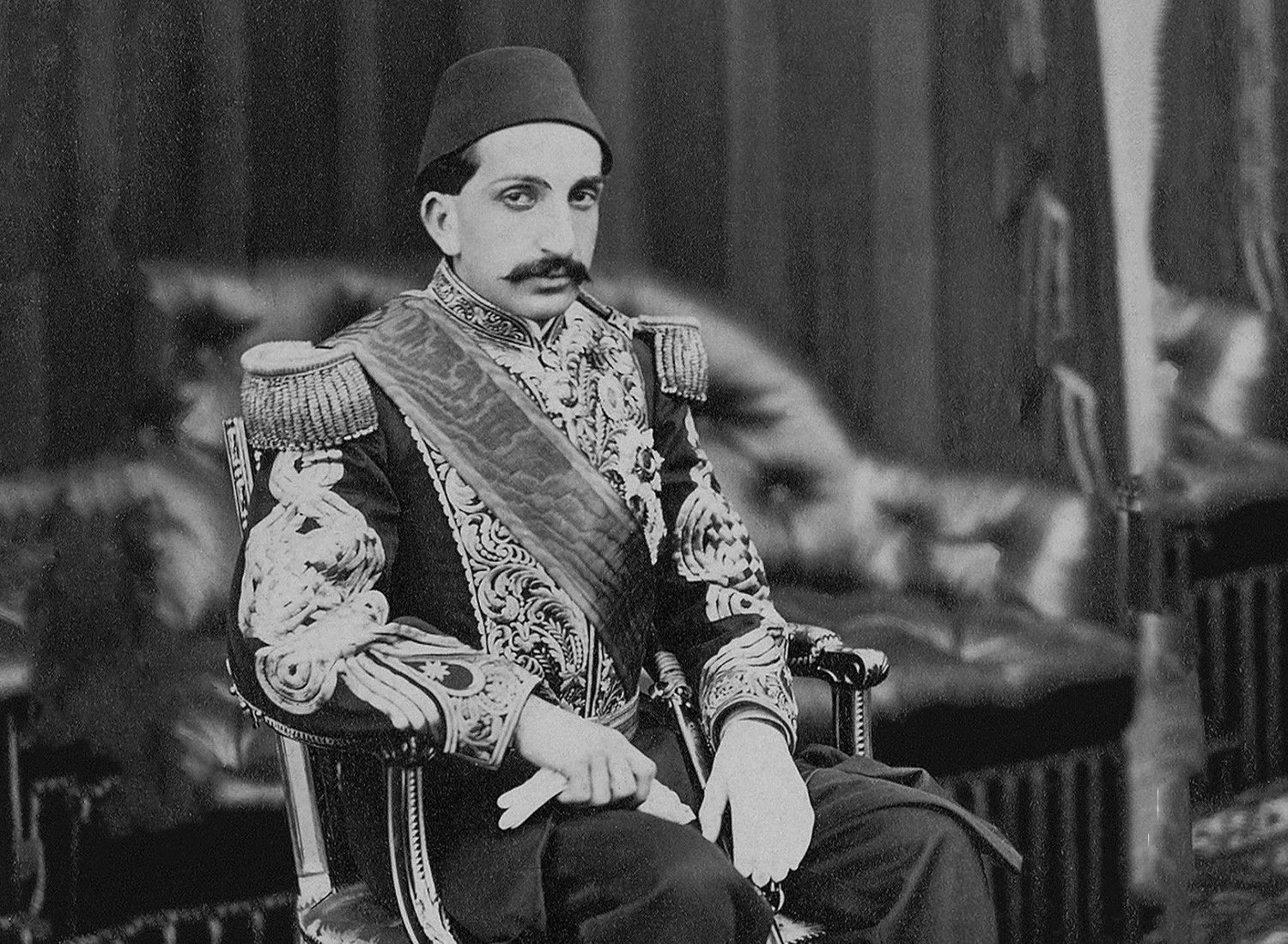
Sultan Abdul-Hamid II and his 1500 cats
The love of the Ottoman Sultan Abdul Hamid II for animals, in particular for cats, has become a legend.
Sultan Abdul-Hamid II, who ruled from 1876-1909, is called the last autocratic ruler of the Ottoman Empire. His love for animals, in particular, cats, is widely known, but not everyone can imagine its extent. According to Heinrich Schaefer, a native of Australia who took care of the Sultan’s animals, 1,500 cats of different breeds, including 12 Persian, lived in the Yildiz Palace, which was the main residence under Abdul Hamid II. By special order of the Sultan, cats were delivered to him from Van and Ankara. Tarihsel Toplum # 292 recounts the memoirs of an American engineer, James Royson, who came to Turkey to conclude a concession agreement on behalf of an electric company and was received at the palace. He wrote: “There were four colorful cats lying around the sofa … He [the sultan] interrupted me and began to talk about his love for cats. I told, that he crossed the very best animals brought from Ankara and Van with American and British, creating a wonderful breed. According to him, there were cats in the palace, which cost 5-6 thousand lire … At some point, he knelt down and began to caress the cat, which was sitting under the chair and was washing … Laughing, he said: “They say that electricity accumulates in the fur of cats … I have not set up experiments, but if this is indeed the case, then I have one idea. Why have the Americans not yet thought of collecting several hundred thousand cats and using the electricity they will generate? ”… When I was leaving, I saw two more beautiful white cats. I can draw animals, so in memory of our conversation, I later made a sketch, and when I returned to America, I painted [the cats I saw] in oil and hung them up in my room. ” It should be noted,

Source: yedikita.com.tr
In the garden of the Yildiz Palace , the Sultan had a zoo with many species of animals, the collection of which is called the largest at that time in the world. Among them were giraffes, flamingos, snakes, zebras, wolves, deer, orangutans, monkeys, tigers, lions, hyenas and many others. Some of them were bought and brought from different parts of the world, and some were received as gifts. Among the rulers who made such gifts to the Sultan were the Japanese and German emperors, the kings of Morocco and Great Britain, and the Russian tsar. In addition to cats, Abdul-Hamid’s most beloved animals were horses, dogs and birds, in particular parrots. 3,500 horses, 200 parrots, 6,000 pigeons, 150 canaries lived in his garden. It is said that he had a canary who could sing the Marsh Hamidiye, the imperial anthem of the Ottoman Empire.

Source: yedikita.com.tr
The Sultan took special care of street animals. For the stray dogs of Istanbul, his reign was probably the most comfortable and peaceful time in the history of the Ottoman Empire. Abdul-Hamid invited the French chemist and microbiologist Louis Pasteur to the capital to find a cure for rabies and treat infected dogs, not kill them. After Pasteur’s refusal to settle in Istanbul and continue his research here, the sultan provided financial assistance to the Pasteur Institute in Paris in the amount of approximately 10,000 lire and sent his people there for training.

Source: yedikita.com.tr
Unfortunately, after the storming of the Yildiz Palace by the rebellious Young Turks in 1909, the zoo was destroyed. The sultan, who was deposed and sent into exile in Thessaloniki, was allowed to take with him only a parrot and his beloved cat, Pamuk. Elite and purebred animals were confiscated for use on state farms. The fate of many is unknown. Some of them probably fled. It may well be that among the parrots or cats that can be seen on the streets of Istanbul, there are descendants of the pets of Sultan Abdul Hamid II.

Source: yedikita.com.tr

Sultan Abdul Hamid II / Source: tr.pinterest.com
Islamosphere

